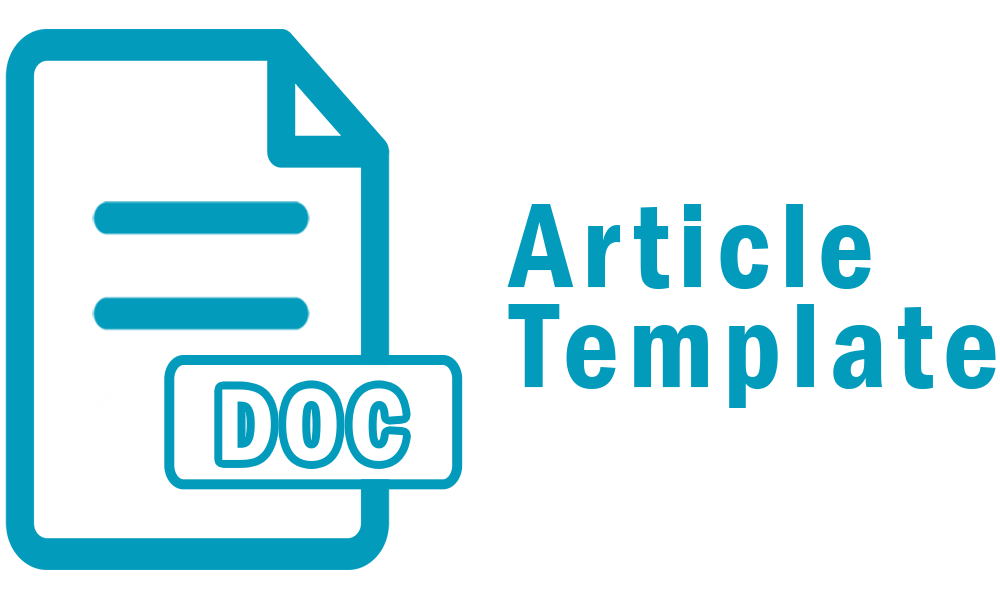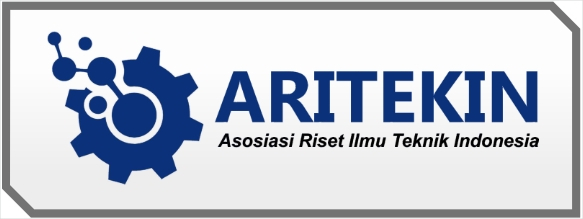Pemanfaatan Limbah Plastik Dan Serabut Kelapa Menjadi Paving Blok
Abstract
Plastic waste is still a problem that has not yet found a solution. The use of plastic-based objects is still in great demand so that waste from plastic waste needs good management measures so that it does not further contaminate land and waters. According to Indonesian domestic waste statistics, the type of plastic waste produced accounts for 5.4 million tons annually or 14% of total waste production. Plastic has a long carbon chain so it takes a very long time for plastic waste to decompose naturally. In this research, paving blocks will be made from plastic waste of the PET type (polyethylene terephthalate) mixed with coconut fiber, considering that Situbondo district has a long coastline of 150 km so the potential for the existence of coconut trees which are found in this area also produces a lot of coconut fiber waste. As for this study, it aims to determine the best composition of the combination of the amount of mixing between sand, plastic and coconut fiber in the manufacture of plastic paving blocks. The compressive strength test in this study was carried out manually using a gallon and water. The compressive strength test with good results was obtained on a composition of 210 grams of sand, 70 grams of plastic and 10 grams of fiber.

















